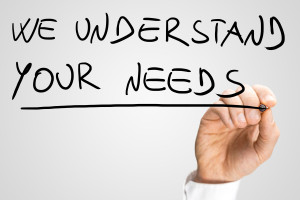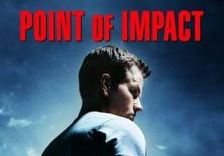strange (adj)
1. unusual or surprising in a way that is unsettling or hard to understand.
· Children have some strange ideas.
2. not previously visited, seen, or encountered; unfamiliar or alien.
When we hear or say something is “strange,” it usually comes with a negative connotation. After all, some of the synonyms for the word “strange” include “odd,” “peculiar,” “bizarre,” “unaccountable,” “weird,” and even “freakish.”
But didn’t our parents also tell us that what’s “strange” about us also happens to be what makes us great? Personally, I’m of the opinion that there’s a very fine line between what one might consider odd and what people might call a gift. The key, according to this school of thought, is to identify your uniqueness, embrace it—and leverage it. At this point of intersection, your flaw then becomes your inherent gift.
With that in mind, there are some other synonyms for the word “strange” that are more in line with this philosophy— words like “curious,” “uncanny,” “unexpected,” and “extraordinary.” I love Apple’s “Here’s to the Crazy Ones” 1997 marketing campaign and TV Ad.
Which group of words describes your organization? Very likely you have some “strange” people working for your company or within your channel. But isn’t it that strangeness that differentiates you from your competition? Steve Jobs of Apple always encouraged us to “Think Different.” In other words, embrace your organization’s strangeness and the people who make it unique. At the same time, don’t expect everyone outside of your organization to immediately recognize and understand this uniqueness as the gift that it is. These things take time.
And herein lies the opportunity to help your channel partners who might be considered “strange.” Like you and your organization, your channel partners most certainly possess some unique qualities and ideas. But you probably know better than most that their unique style and leadership aren’t necessarily negative things. Their “strangeness” is an essential part of who they are and probably one of the main reasons for their success. So, when behaviors among our partners that seem “strange,” we have two basic choices: we can try and help fix these behaviors (strangeness as a problem), OR we can celebrate it, embrace it, and help them leverage it (strangeness as a tool). If you show your channel partners that you truly appreciate what’s “strange” about them, you’ll gain a loyal partner for life—and a very productive one at that!
Do you embrace the strange in your channel partners?
As always, send me a note if you’d like to discuss or talk through some of these ideas together. And feel free to join in on this conversation at Move the Channel Group, your exclusive destination for Channel insights and innovation.
Move the Channel,

About the Author: Travis Smith is the CEO & Founder of Move the Channel, a worldwide network and community of channel marketing & sales Chiefs and channel thought leaders. He also is a leader at HMI Performance Incentives, a business improvement company focused on Technology Channel Incentive Strategies. Travis helps some of the most respected companies in the world design, implement, and manage their domestic and global channel incentive programs.




 focus ALL of your energy not on fighting the old, but on building the new. – Socrates
focus ALL of your energy not on fighting the old, but on building the new. – Socrates





